Plugins vs Analog Gear: Does Hardware Really Sound Better?
How do you make the best choice for your home studio?
In this Plugins vs Analog Gear discussion, we try to find out what the most practical solution is for your specific music production workflow.
In this Article:
With more and more top mixing engineers working completely in the box, it begs the question if analogue gear is becoming irrelevant in modern music production.
Plugins vs Analog Gear
Almost every other day, a new analogue-style plugin is released onto the market, promising an authentic sound. So how does one justify the expense of hardware preamps and processors, and where do they fit in?
Plugins vs Analog Gear: The Costs
When you’re putting together a recording setup, you immediately face the dilemma of choosing software or hardware. To put things into perspective, for the same price of a 1073 mic preamp and an 1176 compressor, you could get the FabFilter Total Bundle, Soundtoys 5, NI Komplete Ultimate, iZotope RX Advanced, Soothe 2, AltiVerb 8 XL, Melodyne Studio, and Auto-Tune Pro.
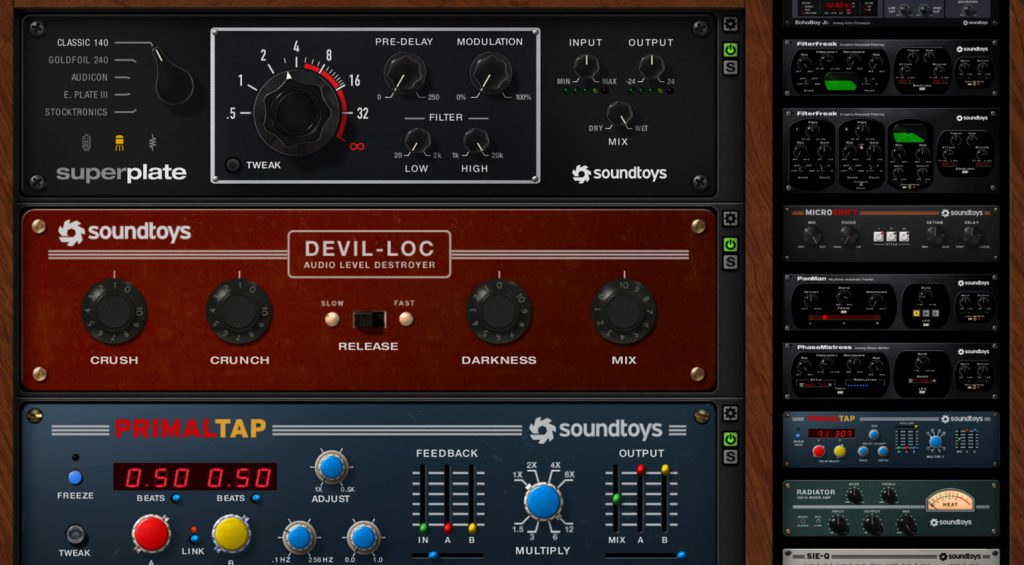
Having considered the level of value you get with software, the decision should be a no-brainer. However, no matter which route you take, it’s important to know what you are actually paying for. With a tried-and-tested recording front end, you have precise control over all the instruments you record, ensuring the integrity of each signal.
Although plugins can be used for live signal processing, the results just aren’t the same as tracking with hardware. In addition, if you suddenly decide that the 1176 isn’t working for your sound, you can get at least 75 percent of the price you paid back on the second-hand market. The same is certainly not true for any of the software we’ve mentioned.

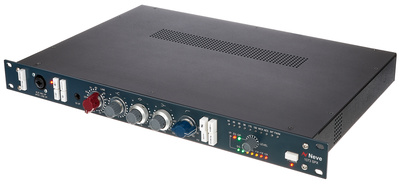
Plugins vs Analog Gear: Maintenance or Upgrades
If you buy high-end modern hardware rather than vintage gear, the maintenance costs are negligible. The compressor, preamp, or EQ unit you purchase will do its job come rain or shine, even if you decide to switch DAW systems. One could argue that power conditioners are an additional expense to ensure stable current, but the switching power supplies on high-end gear are incredibly robust.
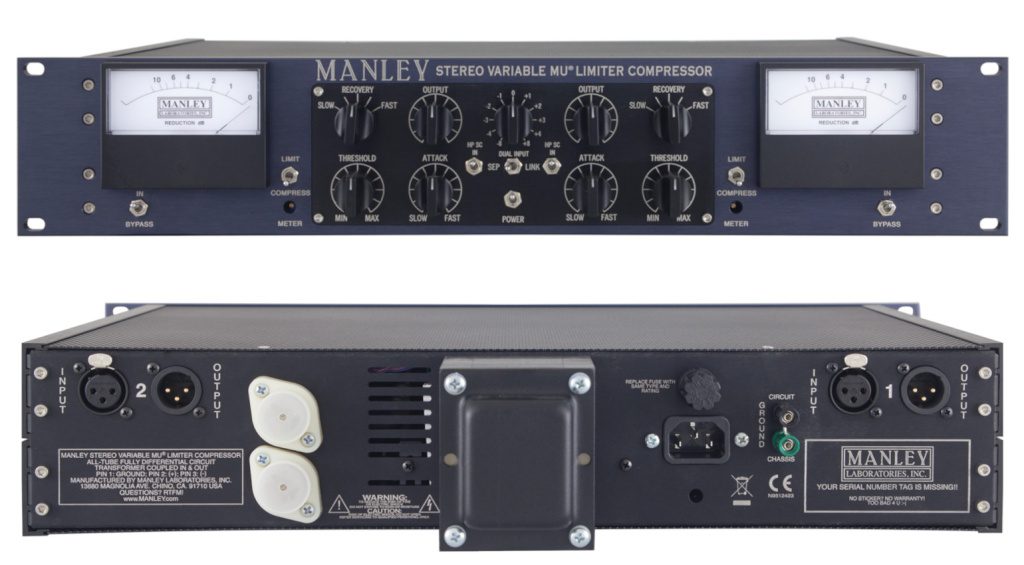
Meanwhile, if the hardware has a digital operating system or interface, new firmware updates are usually free. Software, on the other hand, works decidedly differently. Whether due to performance improvements or compatibility, we generally cough up varying amounts annually to stay up to date with our most frequently used audio software.
This makes it important to check exactly how much you’ll be paying on a yearly basis before purchasing software. Believe it or not, there are even hardware units that eventually require a yearly subscription fee to use the accompanying software, so keep your eye out for these hidden residual costs and brands that have no qualms about blatantly making profit driven moves.

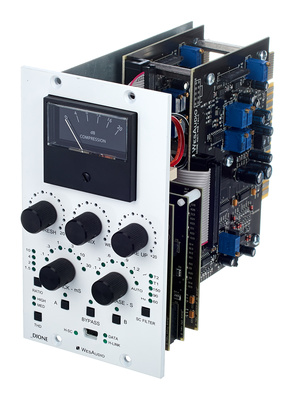
Plugins vs Analog Gear: Workflow
Because most of us use DAW software as our primary music production platform, incorporating any number of plugins into your workflow is as easy as 1-2-3, with almost limitless internal signal routing flexibility. However, hardware can be slightly more complicated, so there are some guidelines to keep in mind when using so-called hybrid setups and incorporating hardware into various stages of the recording process.
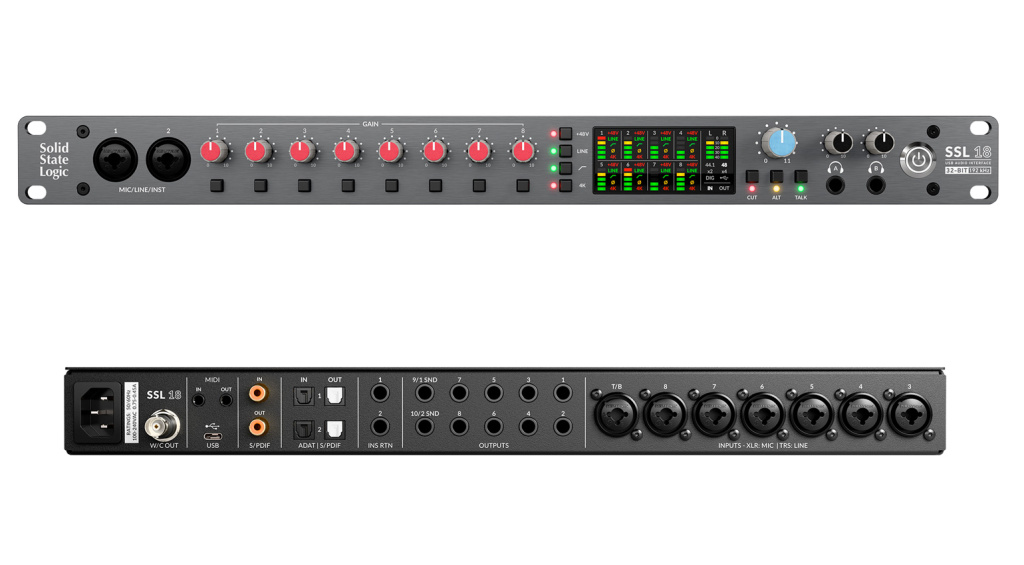
Tracking through outboard preamps, compressors, and EQs is relatively simple operation. All you do is run the end of the chain into your audio interface, plug your mic or instrument in and start recording. Using hardware inserts while mixing is simple enough provided the audio interface has insert points or I/O with the correct levels (+4 dBu).
To keep an eye on the levels going out and coming back into your DAW, you can use a spectrum analyzer like Voxengo SPAN, which is a free plugin for your DAW. Another really effective way to use hardware processing is on your mix bus. Only drawback is your mixdown will need to be printed through your hardware chain in real time, as opposed to an offline bounce in your DAW.


Plugins vs Analog Gear: The Sound
The sonic difference between analogue and digital processing is a long-debated topic. No matter your personal preference, the fact of the matter is that even top engineers wouldn’t be able to tell the difference with a well-executed mix. Even if you take the trouble to mix through a console with stacks of outboard gear, your source material is still probably digital files coming from Pro Tools.
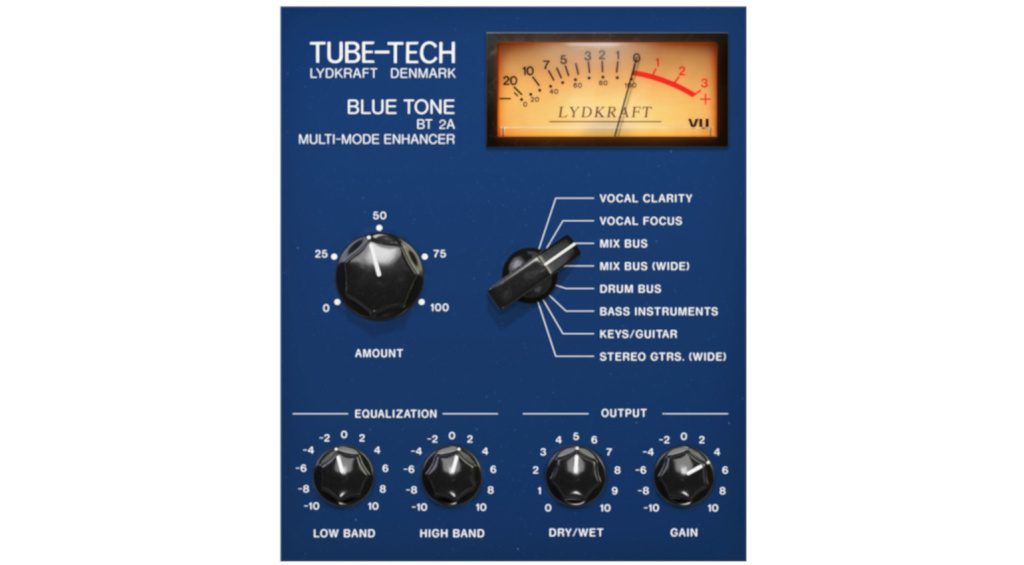
There’s no denying that there are pieces of hardware that can impart distinctive characteristics onto a signal, in one way or another. However, a skilled engineer will be able to get similar results without too much trouble, and the flexibility of the digital environment allows you to add analogue saturation to specific parts of your mix, rather than everything at once.
If every potential listener was an audiophile with an incredible playback system, perhaps things would be different. Instead, we predominantly expose our ears to songs through laptop speakers or AirPods. So, the expectation that a listener could point out that you should have used the Chandler Germanium Compressor on your guitars instead of a plugin is highly unrealistic.

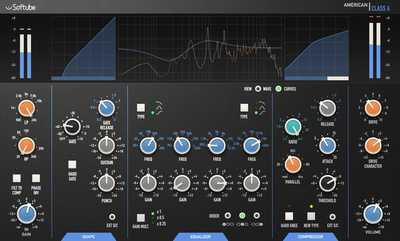
Plugins vs Analog Gear: Which is Better?
The amount of analogue gear or plugins you use in your studio should depend entirely on what is relevant to your specific creative process. The gear choices of a 4-piece live band should be rather different from those of a solo electronic artist. If you create your sounds with hardware, you have the opportunity to add more outboard gear into the chain when tracking.
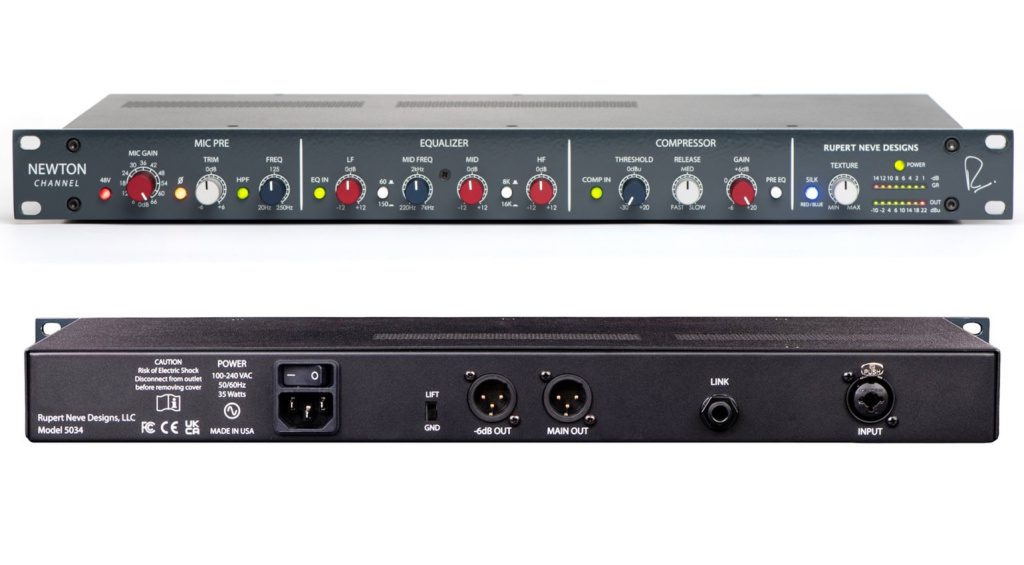
Alternatively, if all your sounds are generated using digital samples and software instruments, trying to use hardware in the signal chain could actually be counterintuitive and a drag on your creativity. One area that will always benefit from a hardware chain is vocals, and the ability to shape the signals going in is extremely useful for creating contrast between verses and stacked choruses.
At the end of the day, one thing remains true no matter what type of equipment you use. The power of any software or hardware device lies in the skill of the user and the ideas channelled through the process. Forcing yourself to use a prescribed plugin or hardware unit could slow you down unless it becomes an essential piece of the puzzle.

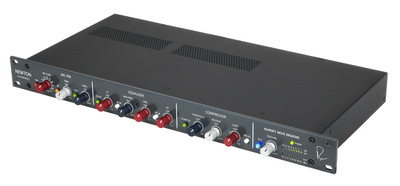
More about Plugins vs Analog Gear:
*Note: This article contains promotional links that help us fund our site. Don’t worry: the price for you always stays the same! We will receive a small commission if you buy something through these links. We appreciate your support!
4 responses to “Plugins vs Analog Gear: Does Hardware Really Sound Better?”
 3,9 / 5,0 |
3,9 / 5,0 | 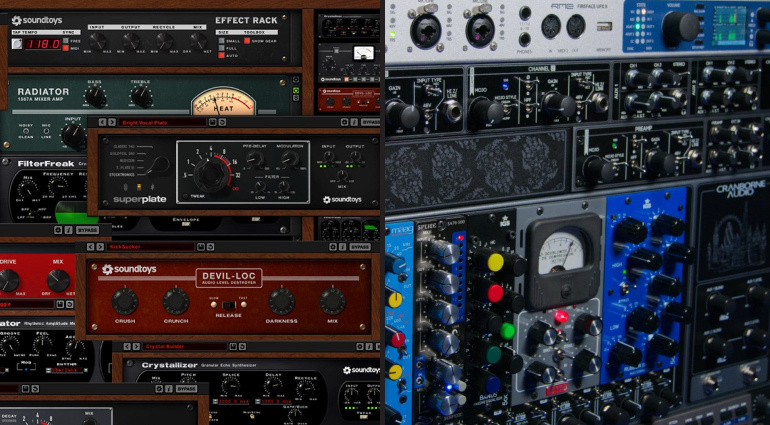


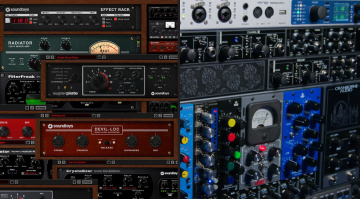

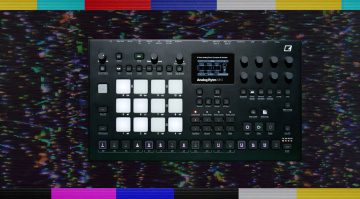
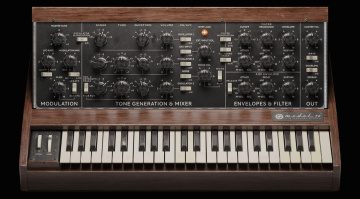
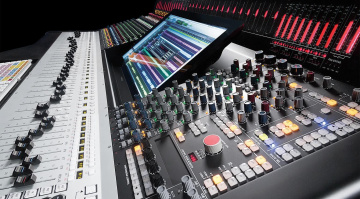
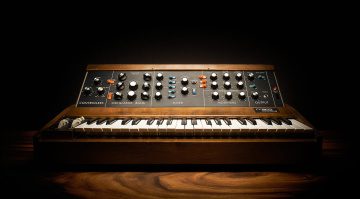

Thank you for the interesting read!
In my opinion, one additional factor for the Plugin side war not mentioned: Total recall, every time, all the time.
If the customer says thanks for the mix, can you please make the guitars just a tad louder – working with analog gear, this might mean you have to to the whole mix again, if yiu have used the hardware for different projects in the meantime.
With software, open the project, move a fader, job done.
That being said – in some situations, NOT having total recall can be a beautiful thing, as it makes the moment count, there is no “ah, we will fix that later”.
Thanks for your input! The reason I didn’t mention recall as a benefit is because hardware like the WesAudio ng series and high-end consoles like the SSL Duality do have this function comprehensively, although console recall is tedious and never sounds quite the same as the previous session.
For mastering, I can’t afford the outboard. For composition, I don’t like VSTs and prefer hardware. It’s not one or the other, it depends upon your preferences and circumstances. Having heard a few good outboard mastering compressors, the plugins are less refined but do the job. Given the choice, I’d choose a £50k EQ and £50k outboard compressor, as they sound more natural. But being about 100 grand short of that amount, the VSTs are much, much better than nothing at all.
It all comes down to the quality of the gear versus the quality of the code. Crappy is crappy, no matter the format—cheap analog hardware won’t sound as good as a well-coded plugin, and vice versa. The issue is that the software market is flooded with mediocre plugins, while hardware tends to have a higher baseline quality. This creates the illusion that analog gear is inherently superior. However, high-end plugins like UAD-2, FabFilter, and Acustica Audio have closed that gap, delivering the depth, warmth, and nuance traditionally associated with analog hardware. At this point, it’s less about the format and more about how well the tool is designed and used.